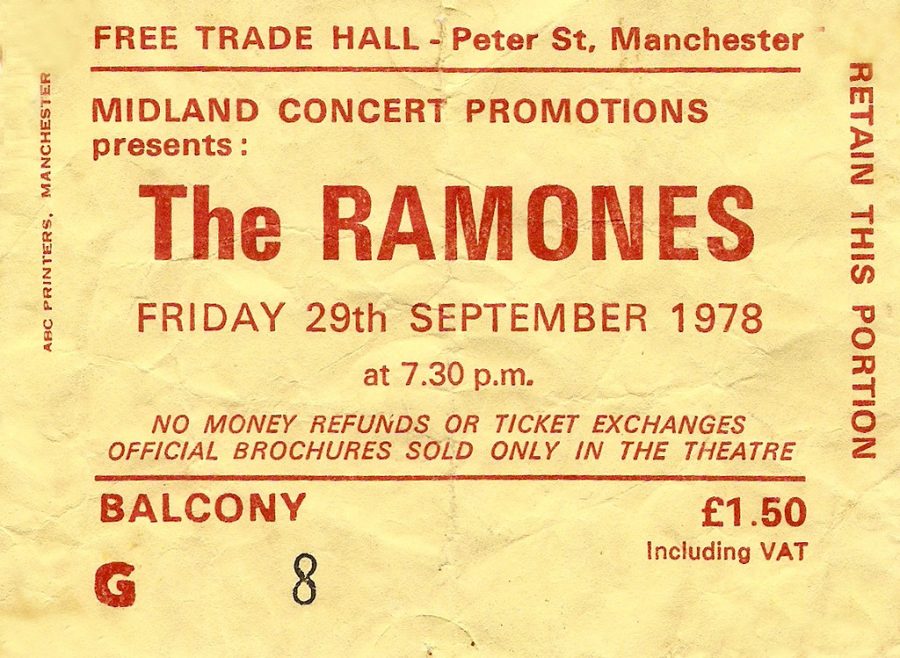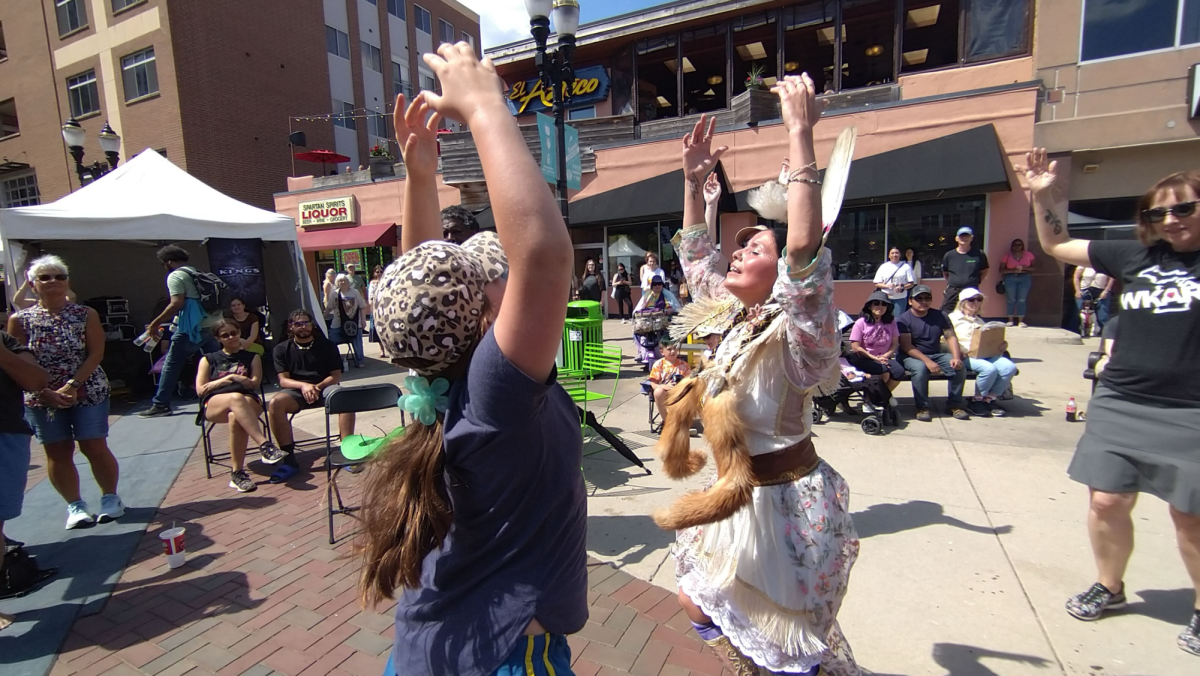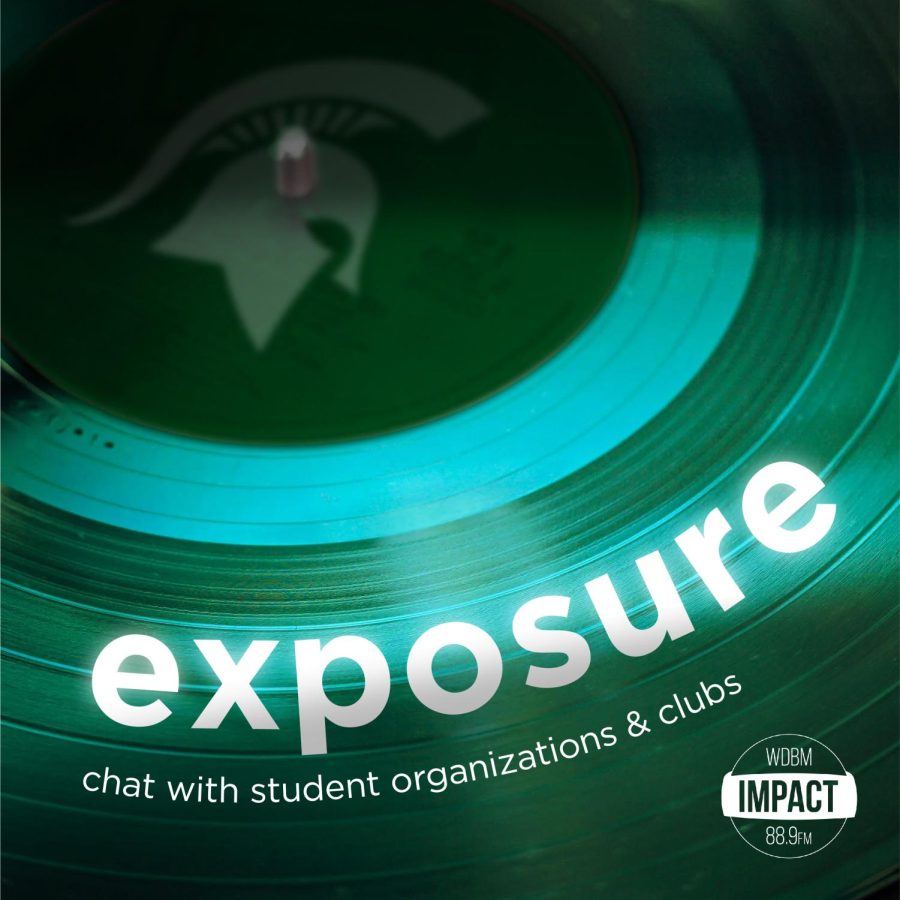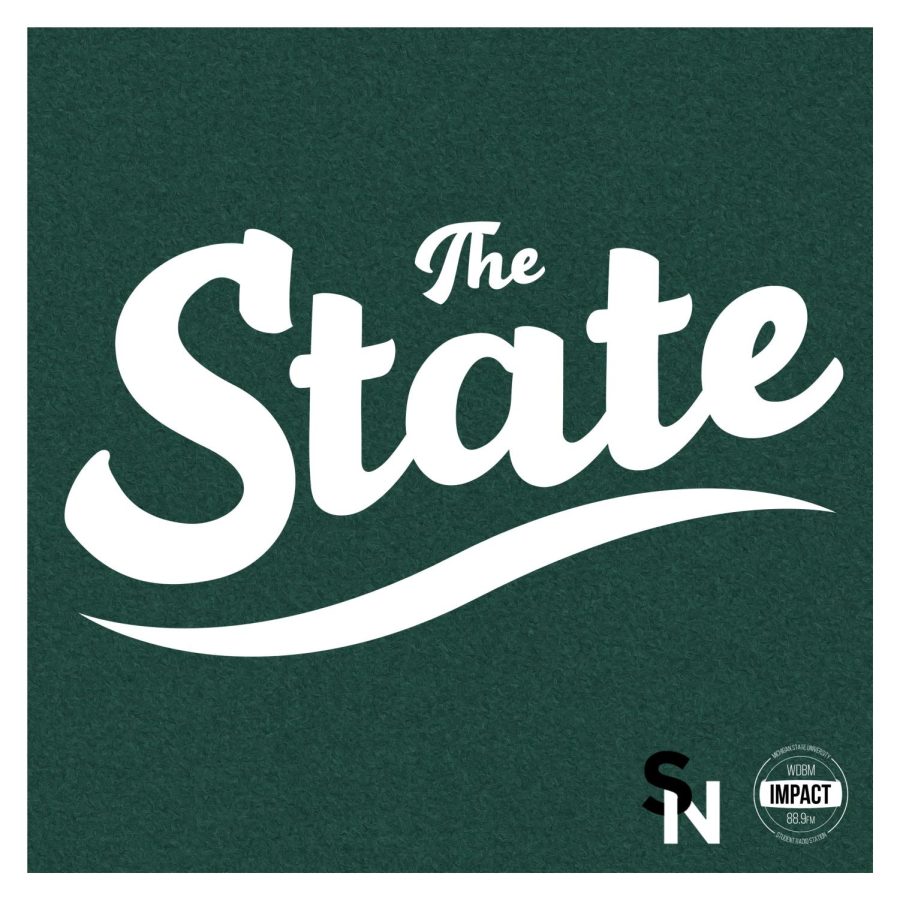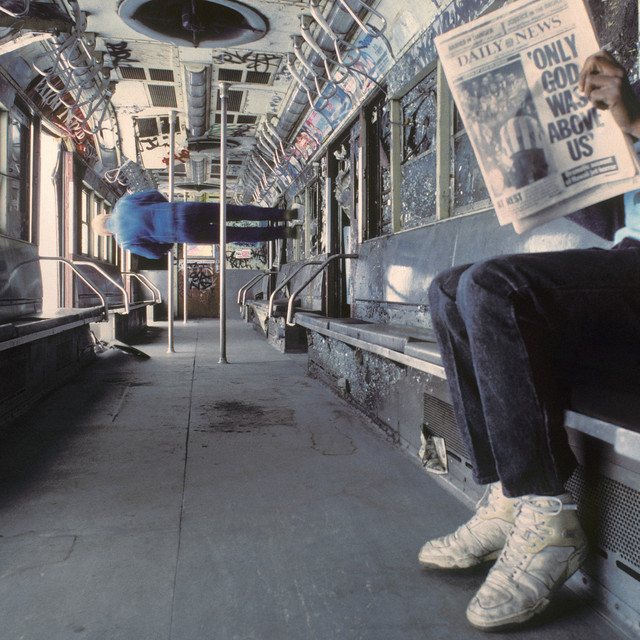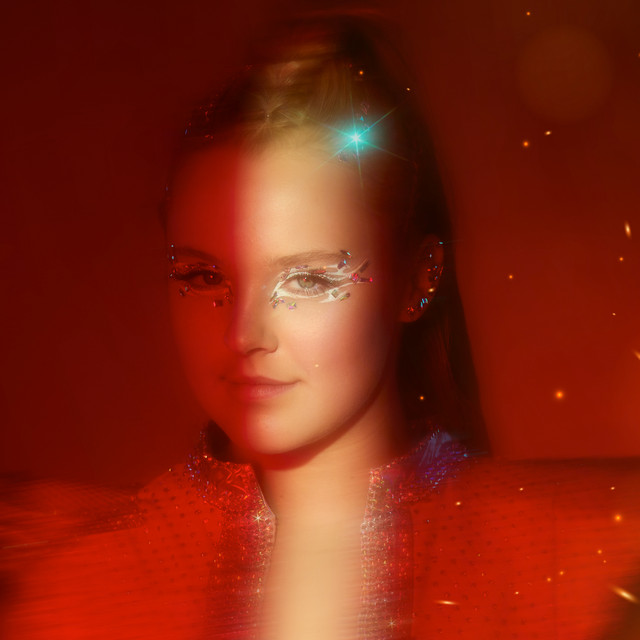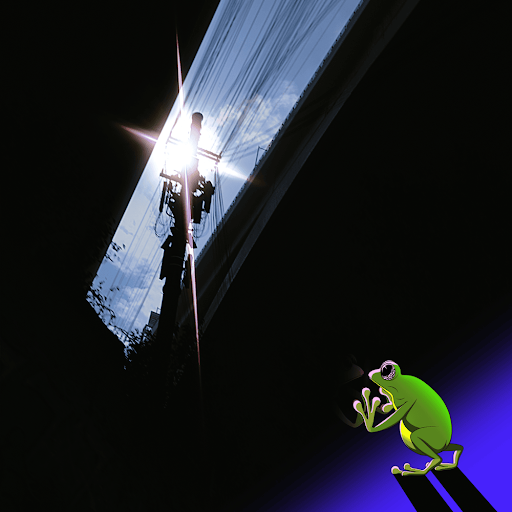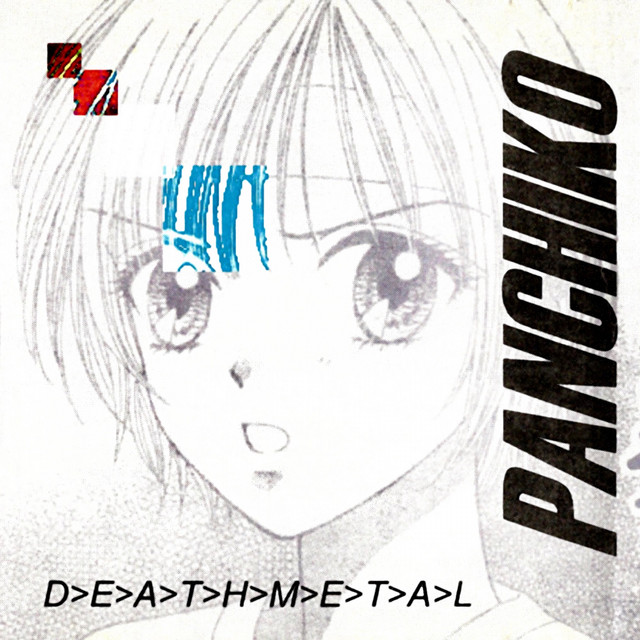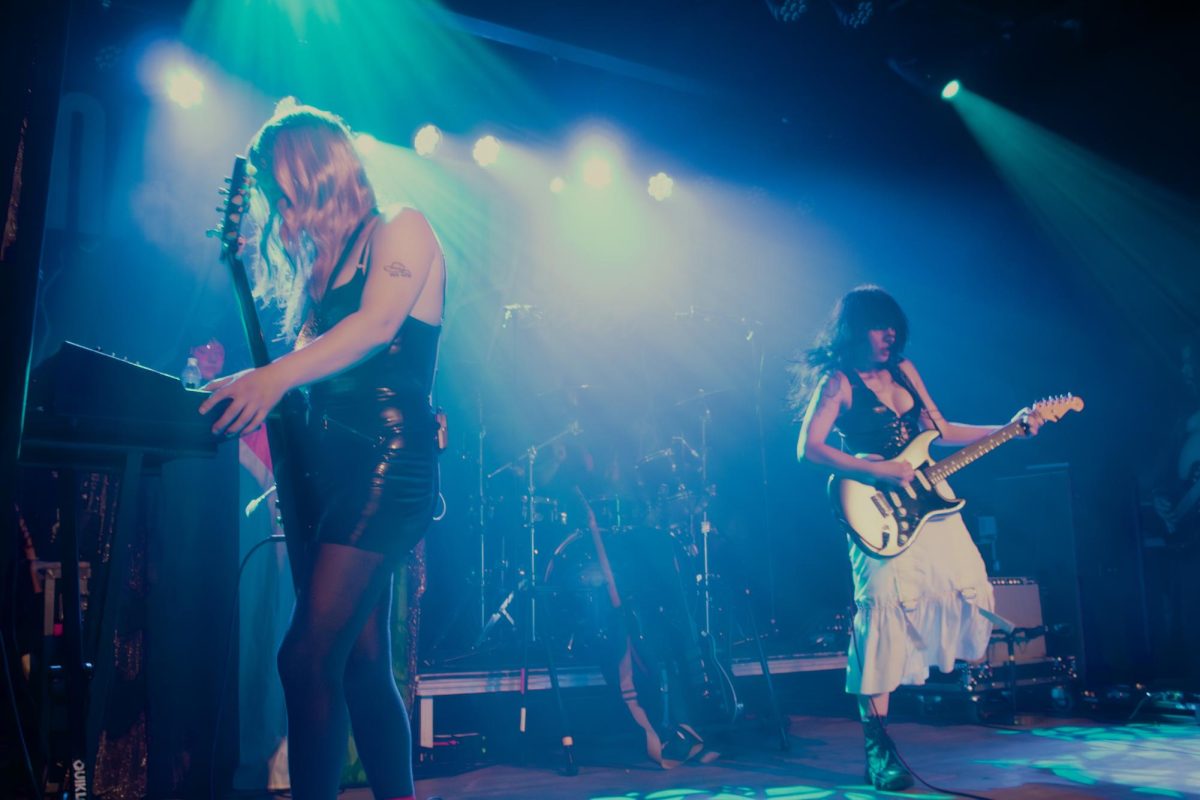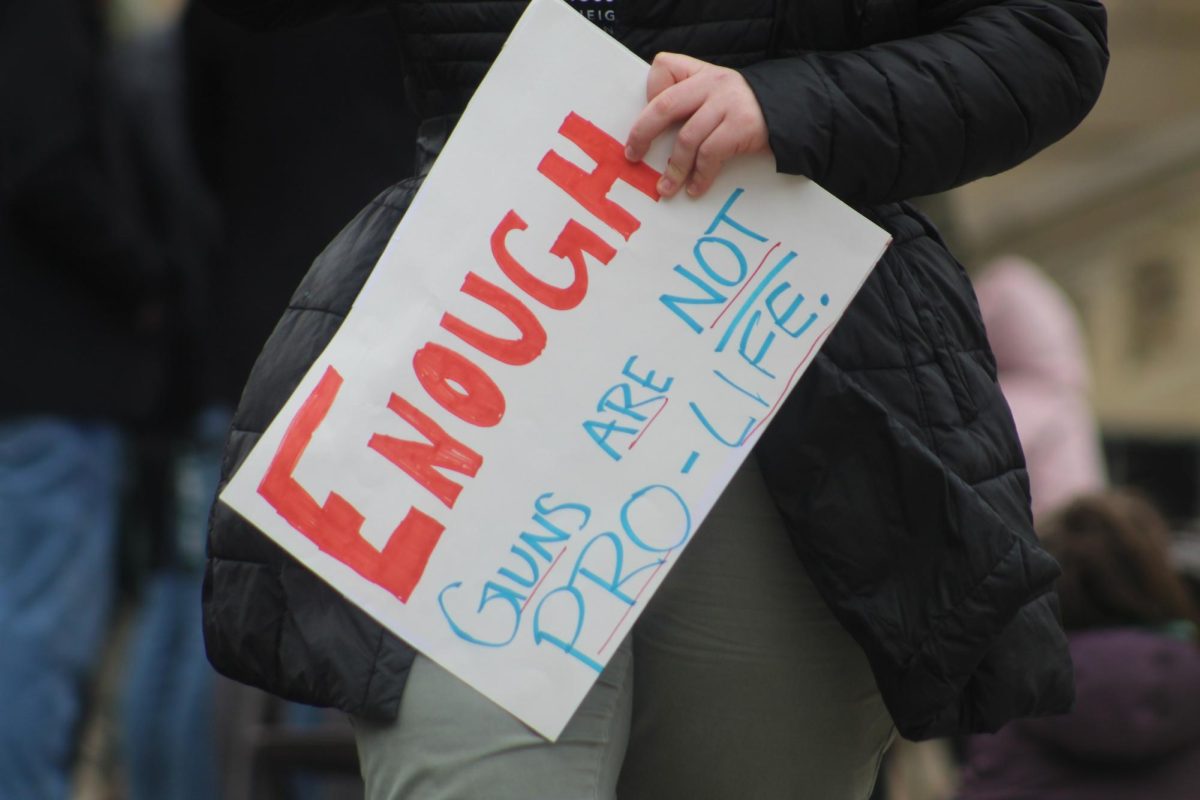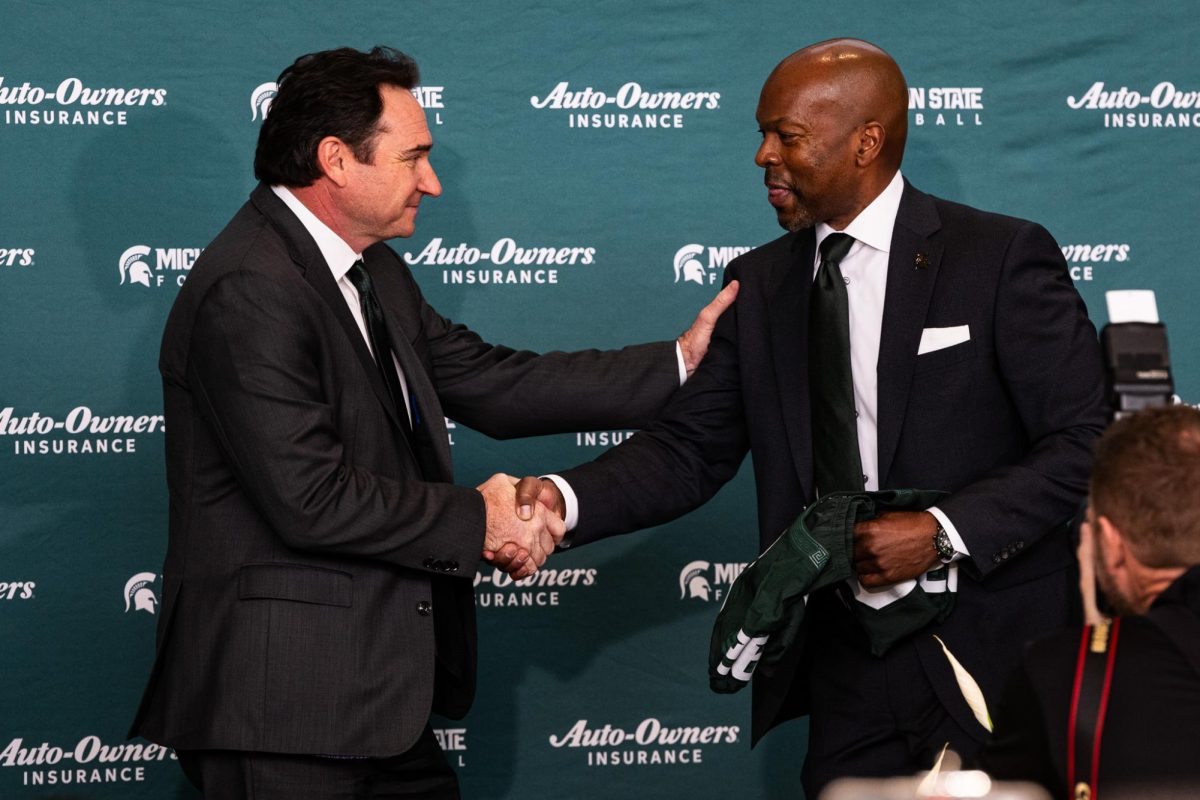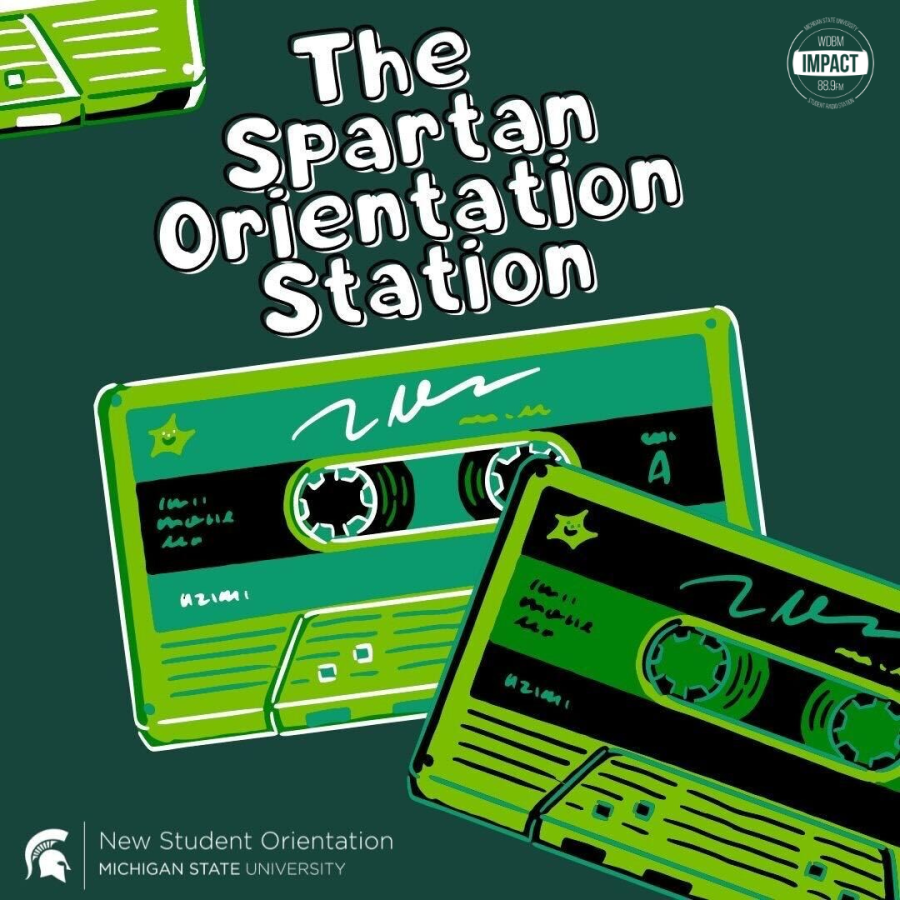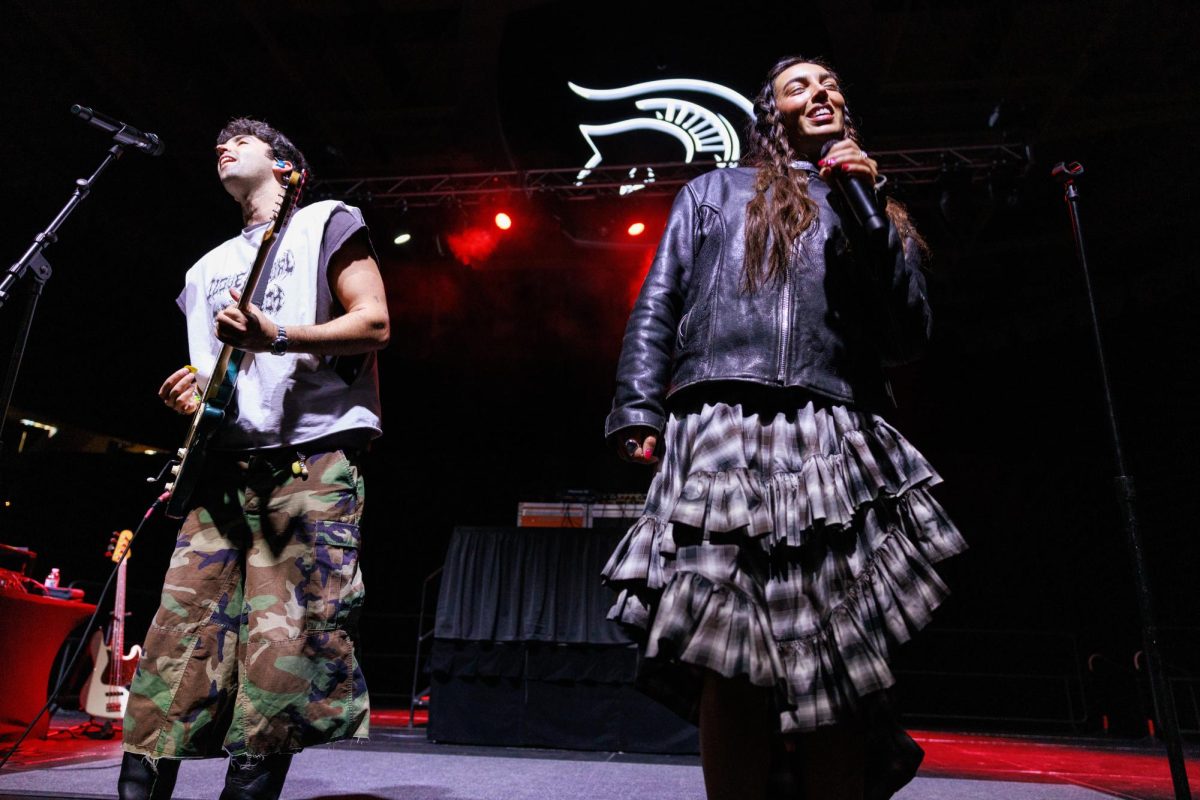Mutineer Music | Episode 1: 70s Punk
A mini-series on rebellious genres through the decades
December 11, 2020
The overwhelming urge to stick it to the man or slam doors in the face of disgruntled authority is a mutual feeling shared by countless people over the years. The satisfaction of holding that middle finger high in the face of an oppressive force is one not easily replicated. If there is a cause, there is a rebel. And for the misfits, the counter-cultured, the freaks or even the average joe just trying to get by, music can provide an escape from the status quo. Attempting to narrow down sonic rebellion to a single genre is not only a fruitless endeavor but one that would be disingenuous to a wide variety of experimental artists.
Rather than attempting to pigeonhole rebellious music into any single category, I am choosing to highlight a specific rebellious genre for each decade spanning the 1970s through the 2010s. By analyzing how the genre came to be, its effect on American culture and how the music evolved with the times. So, raise those fists high and let loose your best rebel yell as we take a deep dive into the music our parents would never approve of.
We begin our journey at its pinnacle—1976. A year which is often referred to as ground zero for the true birth of punk. Punctuated by the debut release of Ramone’s first album, a perfect storm let loose its wrath upon the music world. Subsequent releases of UK punk singles, such as “Anarchy in the UK” by Sex Pistols and “New Rose” by The Damned, catapulted punk into the limelight. To truly understand this monumental occasion, we must look to the pebble-tossers that formed the initial path.
Link Wray’s “Rumble” released in 1958 can be seen as one of the first major deviations from the norm in the genre of rock and roll. Link’s use of distortion, feedback and power chords proved to be massively influential to the world of rock and, unintentionally, the world of punk. Compared to more clean-cut artists of the time such as Elvis Presley and Buddy Holly, Wray provided an escape from the cookie-cutter norms of the time—a place for those tired of the formula to gather and experience something new. This song was so counter-culture at the time that it was banned from radio play, despite not featuring any lyrics.
Later, The Sonics helped create the blueprint for modern punk with their hit single “Psycho” that debuted in 1965. It featured all of the frantic drummings, shouted lyricism and heavily distorted, fast-paced guitar that would be the muse of future punk bands to follow.
? and the Mysterians shifted the culture tremendously by being the first-ever band to be labeled as punk rock in the media. This term was coined by writer Dave Marsh as he was describing their album 96 Tears, released in 1966.
In 1969, The Stooges’ self-titled album released and shook the world stage, with many enthusiasts describing the album as one of the go-to prodigies of the early punk era. Their front runner, Iggy Pop, created such a buzz that he’s often hailed as the “GodFather of Punk”
Death, a band created in 1971, consisting of three talented musicians, created a fusion of both funk and politically-charged punk. A mixture that would later be adopted by the likes of Rage Against the Machine, Fugazi, and Dead Kennedys.
In 1975, future Rock and Roll Hall-of-Famer Patti Smith released her debut album, Horses. This release is often cited as the very first indisputable example of a true punk album by the mass media and critics alike.
Finally, we arrive back to 1976—the year punk finally exploded onto the scene, after decades of beating, scratching and kicking its way into the public eye. But as the public’s knowledge of punk as a genre began to grow, so did its disdain for the music and what it represented. But, like water on an electrical fire, the hatred of punk only strengthened its resolve. It became a shelter for those still attempting to find themselves and their part to play in this crazy world.
Punk offered a sort of resistance—a feeling of non-conformity that was ironically quite comforting. People who never had a place that felt like home began to discover their place among others that felt like outcasts. The search for something real was a mutual feeling shared by so many that the punk genre became a subculture. It proceeded to harbor all who were seeking a similar feeling of truth in a mysterious world.
As for its evolution, punk has remained a champion of modern times, beating out genres such as disco and new wave ska, which have since died off after their respective heydays. This is due mostly in part to the message of punk still remaining topical in a world filled with so much excess and glamour. Punk bands such as IDLES and Modern Baseball have kept the punk genre and culture alive and well with their unapologetically real sounds.
The world is often a cruel, complicated place, filled with unfairness and discord. Conforming often seems to be an easy way out of the human struggle of finding one’s own belonging. Punk proves in its own unique way that being different can be a beautiful thing. It paints a picture of what can happen when differences and deviations from the norm are embraced with an open mind and heart. All it takes is an idea and the will to make something happen—whether people will like it or not.
For those of you looking to dip your toes into 1970s punk, I have crafted a starter pack of sorts that should cover a fair amount of the bases. Now get to headbanging.
1970s Punk starter pack playlist:


